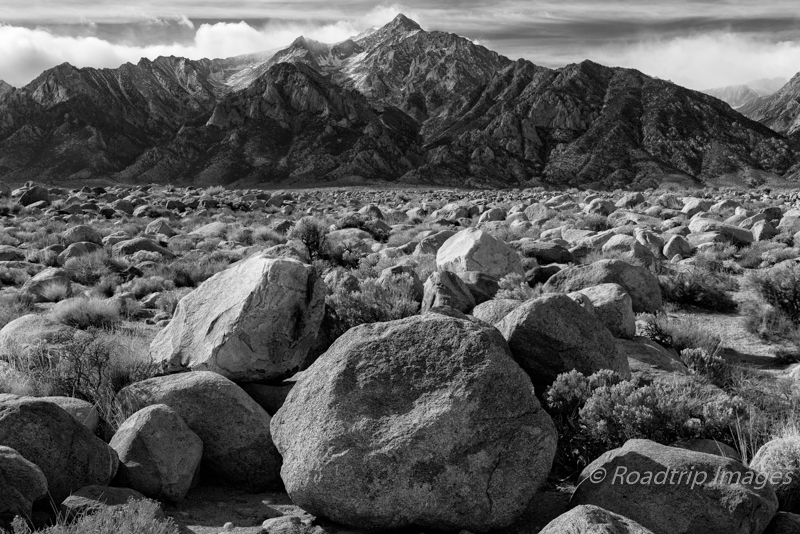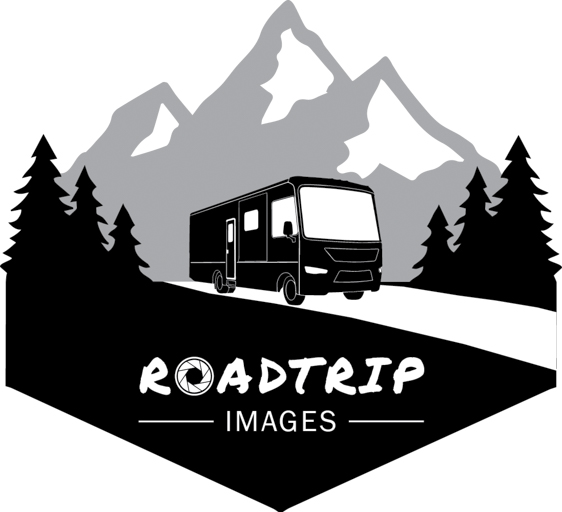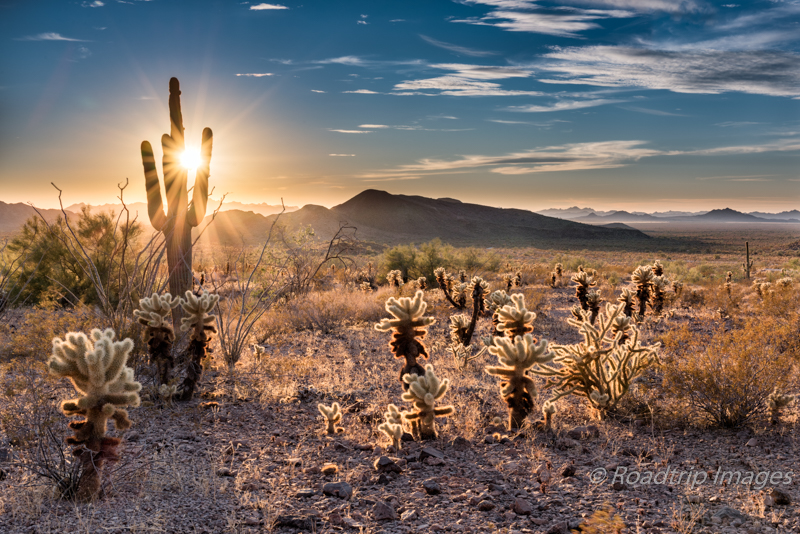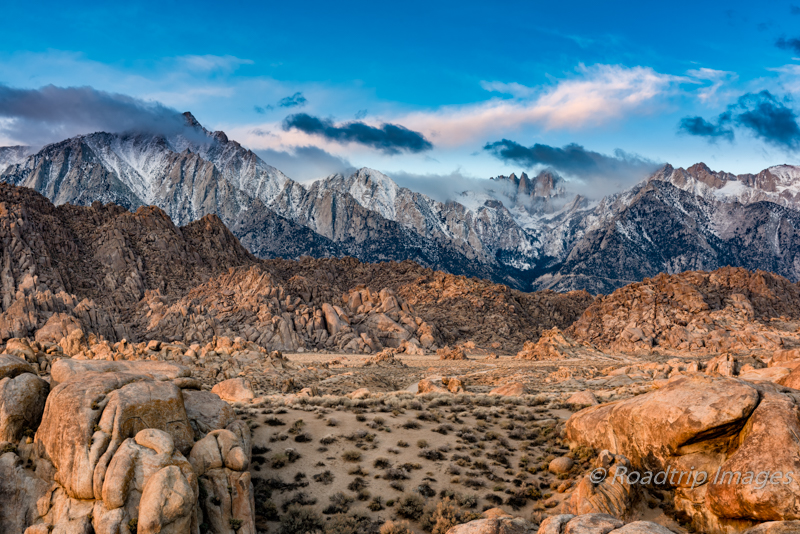
Mt. Williamson - Eastern Sierra Nevada Mountains
Mount Williamson is one of the prominent peaks of the the Eastern Sierra Nevada mountains. It was also the subject of one of Ansel Adams’ very popular prints. We set off looking for his tripod holes.

The Eastern Sierra Nevada Mountains
The Sierra Nevada range is probably most famous for the section that runs through Yosemite National Park. That’s the western side and it is indeed impressive. Yosemite is one of my top 5 favorite National Parks. You can check out two of my blog posts about Yosemite here and here. We were there a little over a year ago and we’re looking to go back soon if the weather (snow) cooperates. Heading east from Yosemite across the mountain range brings you to the eastern side of the Sierra and towns like Bishop, Mammoth Lakes, and Lone Pine. This side is much drier and a little warmer especially as you head south towards Lone Pine which is only at 3,700 feet vs. Mammoth Lakes to the North at 7,880 feet. The Eastern Sierra is also home to the highest peak in the Continental US, Mt. Whitney at 14,505 feet.
We decided to come up to Lone Pine from Arizona to get back into some mountains. Lone Pine is a small town on US395 and right at the base of the Eastern Sierra. We found an inexpensive BLM campground right in the foothills looking up at the mountains. And since we’re at a lower elevation temperatures were mild with highs in the 60’s and lows in the 40’s at night. Not bad for the middle of Winter!
Ansel Adams' Photograph of Mt. Williamson
I’ve been a big fan of Ansel Adams’ work for many years. Since I used to shoot large format film I was especially interested in his style and techniques with the view camera. He shot primarily in black & white and I tried to learn as much as I could from his books. Black & white is a tough medium to do well, especially with film. I took a B&W workshop with one of Ansel’s assistants, John Sexton, who is now considered one of the best B&W film photographers around. You can see his work here.
Ansel was visiting the Eastern Sierra back in 1944 and one of the images that he made here was this view of Mount Williamson. Since we were in the vicinity we decided to try and find the spot where he made the photograph. You can see his image here. I knew from his books it was near the Manzanar National Historic Site which is just North of Lone Pine. I looked online for GPS coordinates and found some on a geocache website where the poster said he had found the spot where Ansel made the photograph. So off we went in search of this geocache which was down a dirt road behind the Manzanar Historic Site. When we got to the GPS coordinates we searched around for the boulders that form the near foreground of Ansel’s image. Couldn’t find them. We spent several hours looking all around the GPS coordinates and it became clear, this wasn’t the spot. It’s a huge boulder field and the person who posted on the geocache site must of just guessed that this looked close enough and called it done. We needed to do some more research. That evening I remembered a video that Lexus had done a few years back where they went looking for several of Ansel’s famous shots. This was one of them. John Sexton was with them and took them to the exact locations since he knew where they were. I thought maybe we could get some clues from that video. We were right. You can see that video here.
In the video there were some visible landmarks as well as a green ammo box that had been placed by one of Ansel’s other assistants to mark the spot where he made the photograph. It was much further down the dirt road than the GPS coordinates we had used the day before. With the new information we gleaned from the video and a little luck, we found the ammo box. And just past the ammo box were the boulders that Ansel used in his image. Still there of course, 73 years later. Inside the ammo box are notes and business cards from all the people that had visited over the years. It also had a page from the video crew that shot the Lexus commercial with signatures from the film crew as well as Sexton and his wife. We added our business card with a note on the back.
Making the Image
My image is different in several ways from the one Ansel took. First, his is better, he’s Ansel Adams. Second, his aspect ratio was different than what you get with modern DSLR cameras. He most likely shot this with his 8×10 view camera which has a 4:5 aspect ratio. My Nikon D810 has a 3:2 aspect ratio. A little bit wider. The view camera also gives you more perspective control in that you can move the lens and film planes independent from one another. This gives control over the size of foreground elements relative to background elements plus it also allows sharp focus from front to back in one shot. No need for focus stacking like we have to do today. He also had some better clouds and light rays than what we experienced.
The composition was fairly straightforward. I wanted to use the same set of boulders that were in Ansel’s image and ensure that I had sharp focus front to back. This required focus stacking as mentioned above. This involves making several identical images but with each one focused on a different spot. One close up, another about mid way back, and then the mountain itself. These can then be blended in Photoshop to make a single image that has sharp focus all the way through. I didn’t include much sky since there weren’t a lot of interesting clouds that day.
I did this image in black & white because, well I love black & white. It goes back to my large format film days. Plus it was fun to compare with the image Ansel made of the same scene. The conversion from color was done in Photoshop. I relied heavily on the Nik plugin Silver Efex Pro. It does most of the conversion work for you and allows many different B&W effects to give the look you’re going for.
Final Thoughts
I don’t usually try to duplicate a shot from another photographer, let alone one from Ansel Adams. The weather is always different so no two shots would ever be the same anyway. It was kind of fun doing the research required to find the location however. It’s also fun seeing the scene in real life after admiring the photographs for so many years.
The Eastern Sierra Nevada Mountains are worth exploring especially in winter when most people are at work or school. They don’t get near as much publicity as the Western side with Sequoia, King’s Canyon and Yosemite National parks. They don’t get near as many visitors either. Which makes it a perfect place to hang out for a few weeks in the winter.
As always, you can see higher resolution images on our Facebook page. Please give us a like while you’re there.
Nikon D810 with Nikkor 24-70mm @48mm. f/8 at 1/50 second. ISO 64.
Comments are closed.


